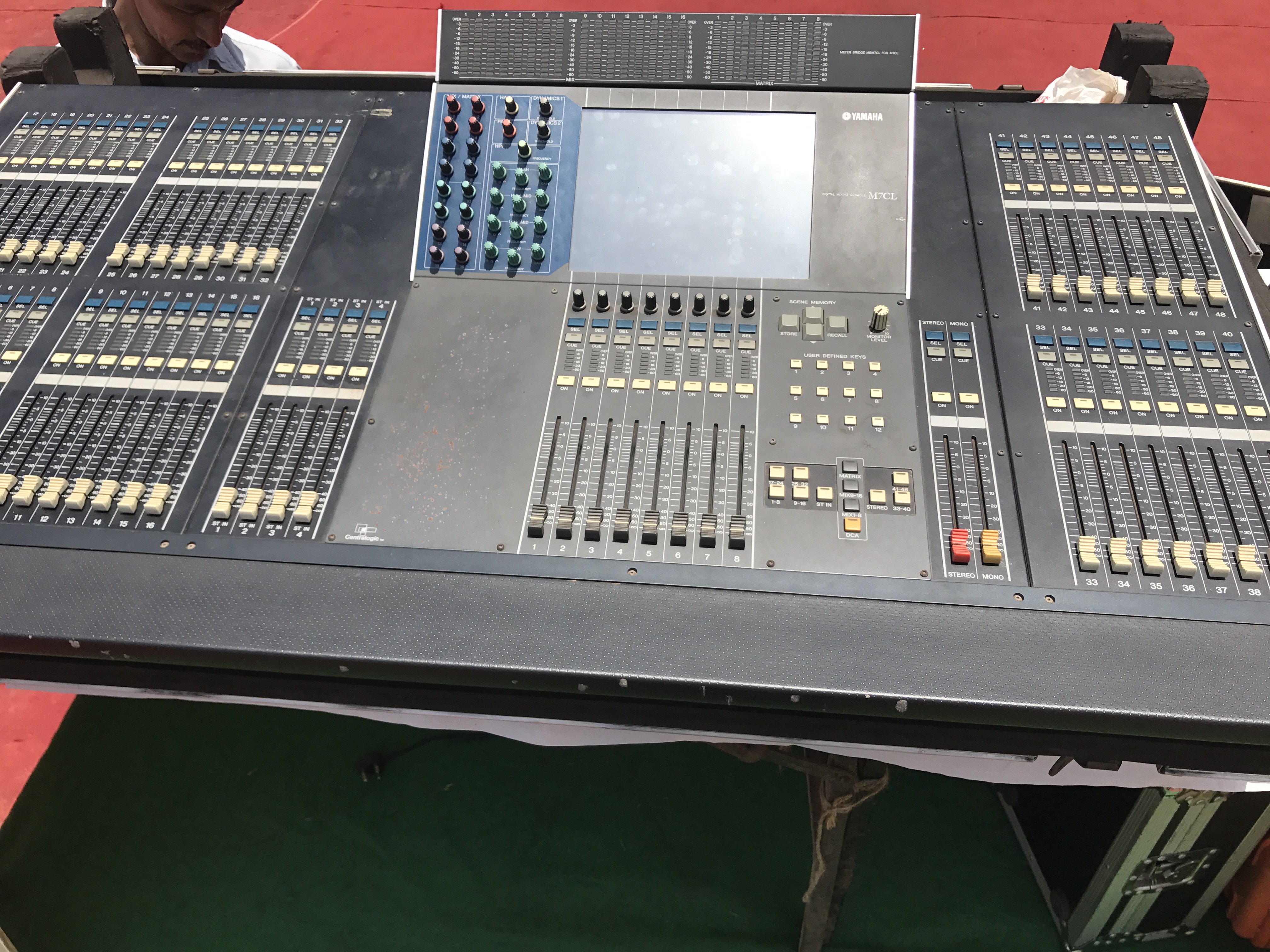

After all, it really is all about the sound.Īdjusts gain of the console's class-leading input-channel head amplifiers over a 72-dB range. The M7CL's extraordinarily intuitive control interface receives a lot of attention, but the sound of these fine consoles is outstanding as well. All VCM effects are sonically fine-tuned by leading engineers, and feature carefully selected parameters that can be precisely controlled via a simple, refined interface. These compressor and EQ effects, now standard features of all Version 3 M7CL consoles, faithfully capture the unique sound and saturation of analog circuitry with VCM technology that actually models individual analog circuit components, right down to the last resistor and capacitor. Version 3.0 brings a selection of previously optional VCM effects to the M7CL platform, providing truly musical performance and subtleties that simple digital simulations cannot even approach. The standard 31-band graphic EQ modules are directly adjustable via physical controllers, and Flex15GEQ modules allow GEQ to be applied to up to 16 channels at once! More effect and GEQ details are provided on the following page.
#YAMAHA STUDIO MANAGER M7CL EDITOR PLUS#
Built-in effects range from ambience and echo to modulation and distortion, plus Yamaha's superlative REV-X package for some of the most natural-sounding ambience effects available anywhere. But since the effect units can also function as graphic EQs, you can use more EQ units if you don't need all 4 effects. The M7CL lets you use up to 8 signal processors simultaneously - normally that's up to 4 effects and 4 graphic EQ units. Another touch or two and you can get right inside the effects for detailed editing.
#YAMAHA STUDIO MANAGER M7CL EDITOR PATCH#
A few quick touches on the screen and you can easily patch effects or graphic EQ into any channel and output. Just touch the RACK button on the M7CL display, and the virtual effect and EQ rack pops right up for instant, easy access. When you're focused on a parameter the multi-function encoders below the display screen adjust the corresponding parameters in the display. You can zoom in on any of the on-screen parameters for in-depth control by simply touching the parameter on the screen. Adjustments are clearly shown on the display as you make them, as is the status of all mix parameters for the currently selected channel. The same applies to preamp gain, dynamics, high-pass filter, EQ, and bus send control. To adjust pan for a channel, for example, simply press the channel's key and rotate the console's physical PAN control.

You should be able to perform a basic mix on the M7CL without even having to open the manual. You can then touch any row of controls on the display screen to focus on them - pan, or bus send, for example and adjust via the corresponding multi-function encoders immediately below the display. These keys, arranged in an exact replica of the 8-channel channel groups on the console, let you instantly bring any group of 8 channels to the central controls with a single button-press. The Overview display - the console's default display - gives you a standard view of the 8 channels selected via the Centralogic navigation keys. All mix controls other than the individual motor faders provided for each channel can be accessed via just two displays: Overview or Selected Channel. Yamaha's touch-panel based Centralogic interface simplifies digital operation to the point where it is actually as intuitive as analog.


 0 kommentar(er)
0 kommentar(er)
